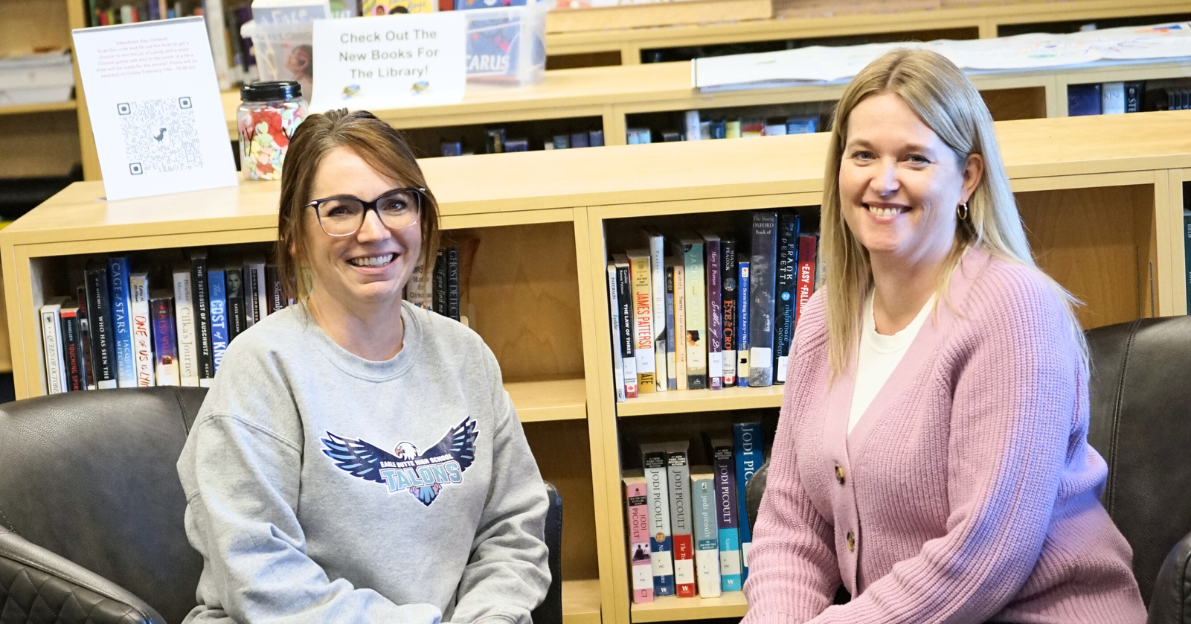
Teaching Financial Management and Providing Authentic Audiences for Students
Math teacher at Eagle Butte High School Tanelle Brost saw a lack of understanding of financial management among the student population and she, along with another teacher, wanted to create a course around that topic.
“There wasn’t anything about responsibility for money management or learning about credit cards and loans. Students needed to learn about saving, investing, borrowing money, compound interest, along with tax free savings accounts and RRSPs and the difference between the two,” explained Brost. “The driving force for creating this course was saving and investing. We had students in math who realized the content wasn’t applicable to their future and requested this type of information. Every student will need financial management understanding throughout their life.”
Reaching out to experts in the field, Brost brought in a wealth advisor on savings and investing for four sessions. Other topics covered during the semester were how to borrow money responsibly, interest rates on credit cards compared to other types of loans and credit scores. The first six weeks were dedicated to personal finance before the class moved onto learning about starting up a business, including an overview of balance sheets, income statements, and statements of owner’s equity.
From student feedback, they appreciated the personal finance side of the course the most, although many expressed gratitude for learning how to set up a spreadsheet and learning how to use formulas. Brost hopes that those attending her session at the conference will be able to take her slides as a starting point and then make them their own.
Heather Laturnas is a counsellor at Eagle Butte who also teaches a computer class each year. Her session at the conference is about connecting students with authentic audiences.
“I believe making real life experiences for students who create something where they know there will be a real audience reviewing their work. It ups the engagement and encourages students to create a better finished product,” said Laturnas.
Audiences can be classmates, parents, community members or other schools. “There are lots of ways teachers can connect students with an authentic audience, it’s about finding one that will help increase engagement,” continued Laturnas. Completed projects include working with seniors in a care home to publish a book with them that included a story from each student/senior pairing. In other classes, they have connected with an elementary school class and written letters to them, such as during the recent postal strike where the high school students were answering letters to the North Pole.
Laturnas hopes to encourage those who attend her session to think about how teachers can create an authentic audience for their students, taking projects they are already working on to the next level. “Rather than it only being the teacher seeing the finished product with the students doing the work to get a grade, check off a box or get a credit, how do we make the learning bigger so students can see how their work brings value to others?”
By Samantha Johnson, Prairie Rose Public Schools Content Writer







